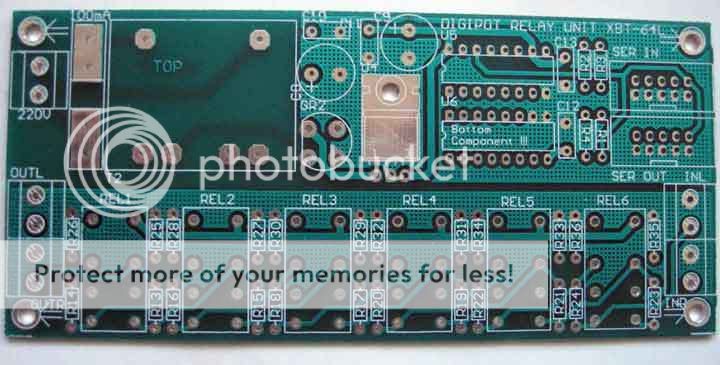chrissugar
Well-known member
[quote author="Moby"]
I rearranged the boards, included the few things like main TX and link connectors from board to board...

[/quote]
Power transformer on the audio board? Aren't they too close to the circuits passing audio? :shock:
chrissugar
I rearranged the boards, included the few things like main TX and link connectors from board to board...

[/quote]
Power transformer on the audio board? Aren't they too close to the circuits passing audio? :shock:
chrissugar




